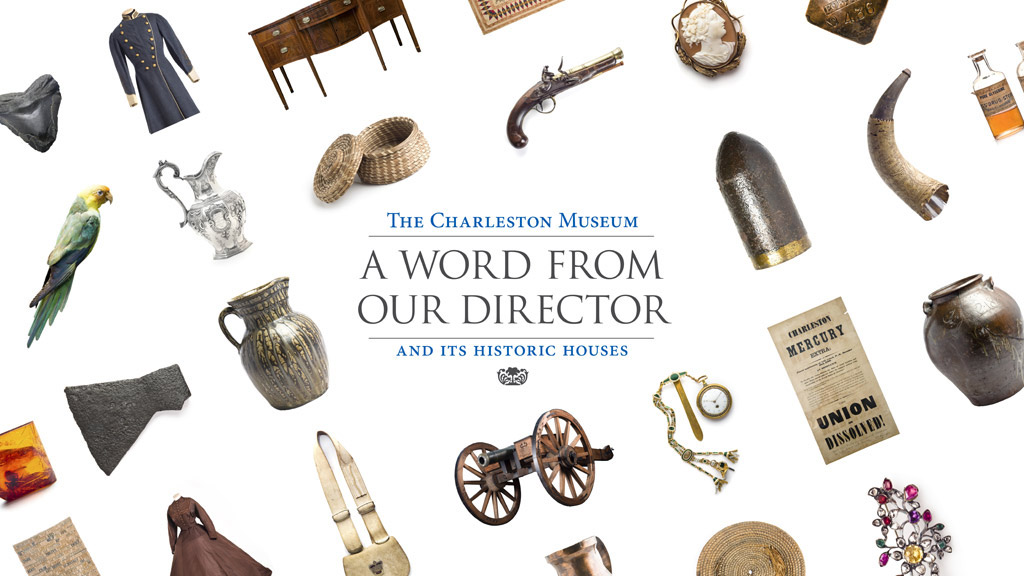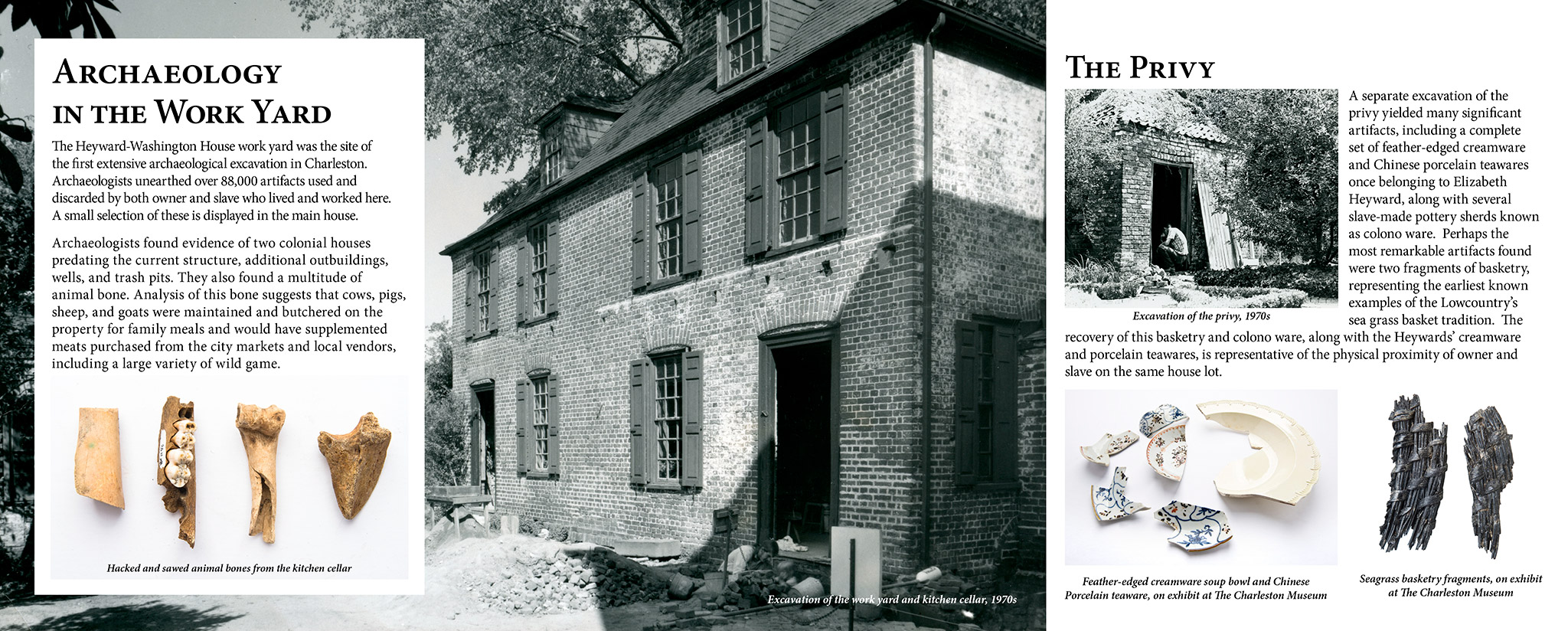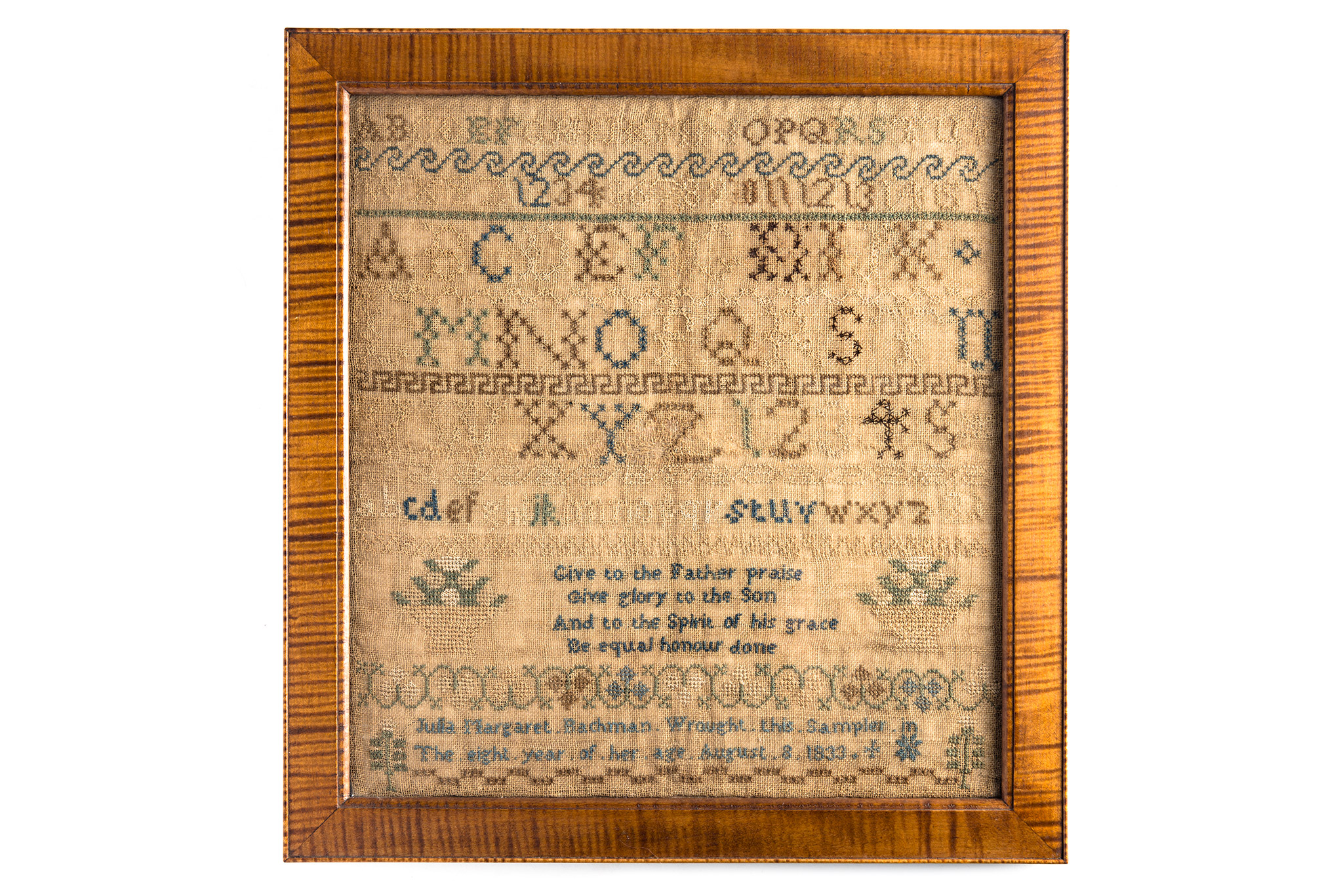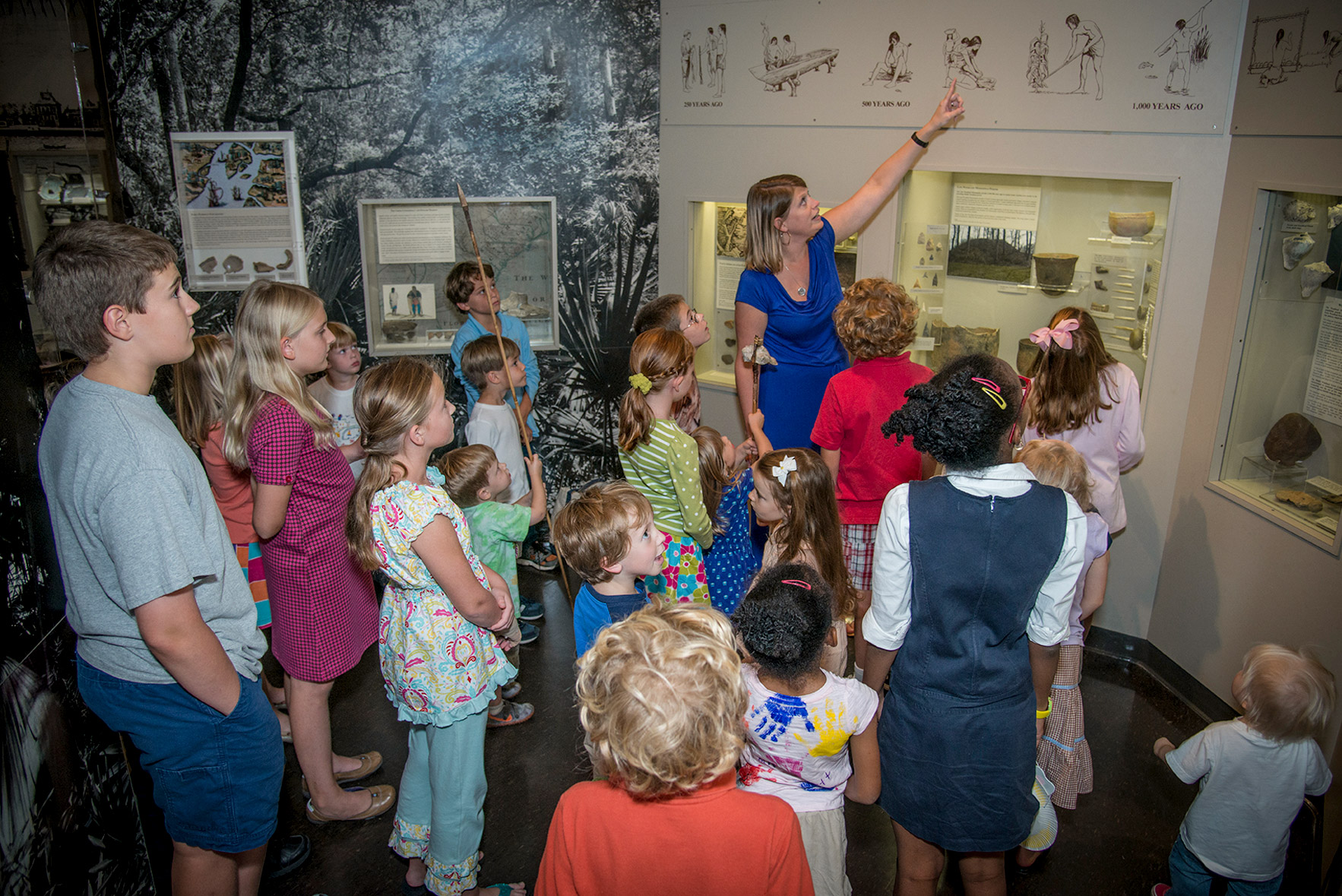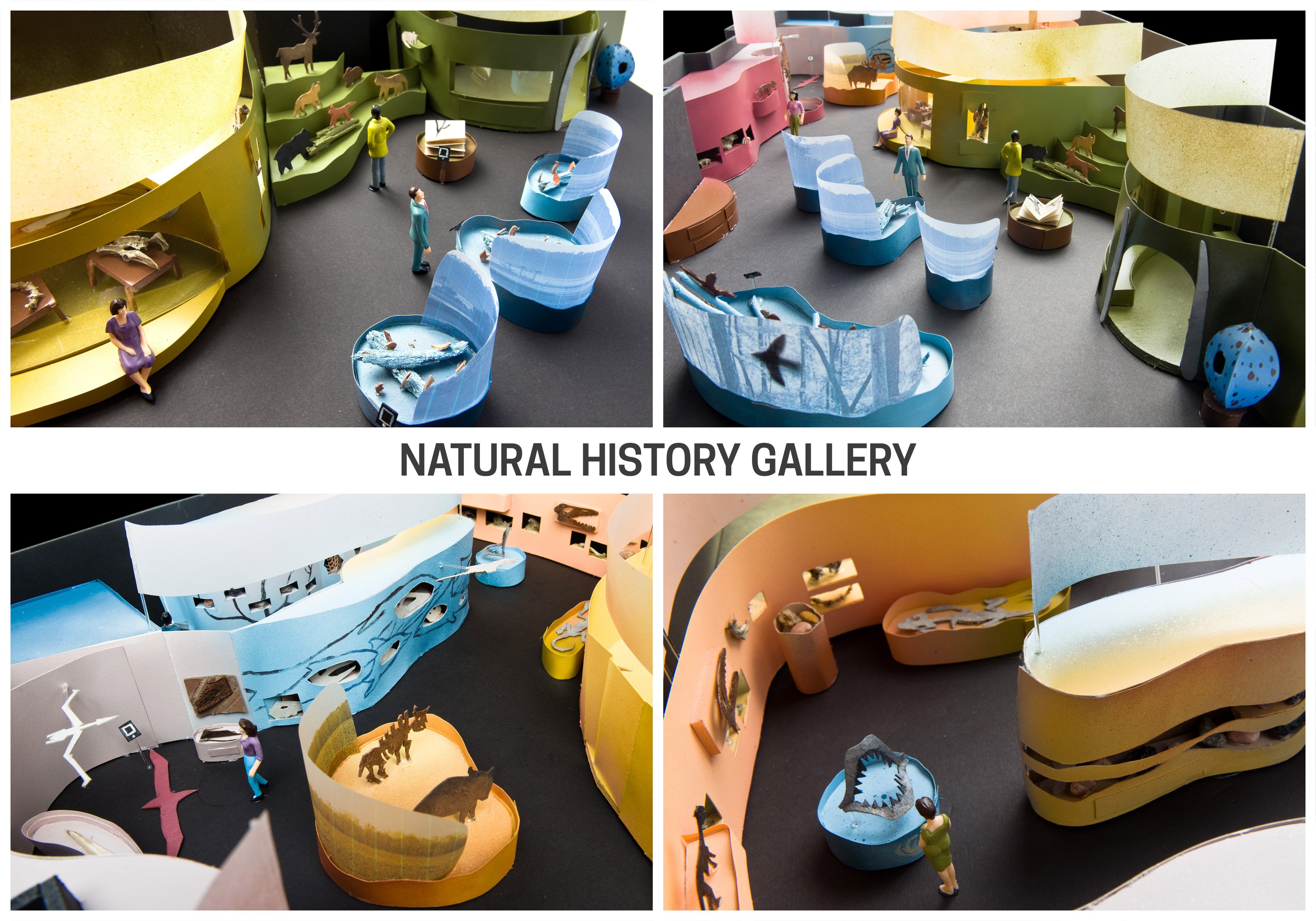A Word from our Director
Happy New Year! Once again, thank you to all those who so generously gave to our Annual Appeal or our Natural History Gallery renovation project in 2016. This past year was another active one for America’s First Museum in terms of special exhibits, collections management, programs and extensive planning and fundraising for our upcoming Natural History Gallery renovation.
The Museum featured eight special exhibits in 2016, including collaborations with Spoleto Festival USA (I Got Plenty O’ Nuttin: George Gershwin’s Charleston) and the Southeastern Wildlife Expo (Hunter’s Habit). This was a great opportunity to work with these festivals and reach a wider audience. Three current exhibits will extend into next year: Skeletons in the Closet: Exploring Skeletal Anatomy (until February 5), Killer Fashion: The Consequence of Style (until March 5), and Snow Days in Charleston: The Great Blizzard of 1899 (until April 2), If you have not done so already, please make plans to come see these excellent offerings from our collections before they close. We anticipate an equally active rotation of exhibits in 2017. There is always something new to see at the Museum!
In terms of permanent exhibits, our curators and exhibits staff have made some notable improvements. Martha Zierden, Curator of Historical Archaeology, amended our labels related to slavery and rice production in the Lowcountry History Hall, based in part on her recent research. In association with these changes, we have moved basket fragments, recovered from an archaeological project at the Heyward-Washington House privy in the 1970s, to a more prominent location in the display. The basket fragments are thought to be the oldest documented examples from the Charleston area of the basket-making craft, brought from Africa by slaves, that continues as a vibrant art form in the sweetgrass baskets now produced in the Lowcountry. Modern basket makers and scholars who have observed the fragments note that the weave is the identical method used today. Now located in the same case as our slave badges, these significant pieces are worth a look if you have not seen them before. In addition, staff updated the interpretation in the Heyward-Washington House kitchen building to focus more specifically on the enslaved Africans who lived and worked there. The building is the oldest known kitchen building in Charleston that has not been altered from its original function.
On the collections front, the Museum recently purchased a Charleston- made sampler, stitched by Julia Bachman, daughter of Charleston naturalist, the Reverend John Bachman, in 1833. This is a crucial enhancement to our important historic textiles collection. We are also happy to report, thanks to dedicated fundraising efforts by the Eliza Lucas Pinckney Chapter of the National Society of the Daughters of the American Revolution, sufficient funds were raised to properly conserve our Eliza Lucas Pinckney sack-back gown, which dates to the Revolutionary period. Noted textile conservator Loreen Finkelstein is currently performing conservation work which is expected to be completed in a few weeks. We continue, meanwhile, to add collections to our Museum website database, which allows anyone around the world to research our holdings with a few clicks. Check it out at https://www.charlestonmuseum.org/research/collection/. To date, the database includes nearly 11,000 objects, including selections from all curatorial departments.
Our Education Department had a busy year again. With the exception of a few charter schools, all Charleston County School District 3rd graders visited the Museum during the 2015-2016 school year and all Charleston County and Berkeley County 4th graders visited the Heyward-Washington House. Charleston County 4th graders are returning for the current school year. These school groups were in addition to the numerous other students who visit us from public and private schools in our immediate area and from around the state throughout the year. This is a terrific way for the Museum to reach the community and foster a new generation of Museum supporters!
The Education Department also expanded its outreach this year by offering a weekly program presented by a Museum educator at three Title 1 (low income) schools in the area. We were pleased to support Memminger, Chicora, and Mary Ford Elementary Schools in this effort, and are grateful to Charleston Promise Neighborhood for providing assistance which helped make this happen.
Regarding facilities, we replaced our fire alarms and security systems in 2016, which will afford greater protection to the collections, the Museum building, our staff and our guests. Although we experienced some minor issues related to Hurricane Matthew, we came through the storm mostly unscathed. We sincerely hope that you and your families stayed safe and that any property damage was minimal. Facilities work will continue this year with the renovation of our lobby restrooms, a long overdue project that will start in the coming weeks.
This will be an exciting year for the Museum. We have four new special exhibits coming in the spring, including selections from our quilts, decoys, natural disaster photographs and geology collections. Stay tuned for more details. As most of you know, our new Natural History Gallery will be opening in September. This will be one of the most significant exhibition achievements for the Museum in several decades. Those who have followed our Bringing Them Back to Life blog know that we have made great progress on the design of the gallery, and I am pleased to report that fundraising is virtually complete. Several critical donations came in throughout 2016 to move the project along. We are particularly grateful to the Post and Courier Foundation, the Mills Bee Lane Memorial Foundation, Mrs. Katy Huger, Mr. and Mrs. Gordon Garrett, Santee Cooper, and the Coastal Community Foundation for making donations of $2,500 or more to the project. Our FANS (Friends and Needed Supporters), meanwhile, raised $23,000 in their splendid Elemental gala held in April. This hardworking, dedicated group of ladies has done so much over the years for the Museum and we are so fortunate to have them.
We could not accomplish any of the great things that we do at The Charleston Museum without all our dedicated staff and volunteers, an actively engaged and forward-thinking Board, and wonderful supporters such as you. Thank you, again, for all you do and we look forward to seeing you at the Museum soon.
– Carl P. Borick, Director


